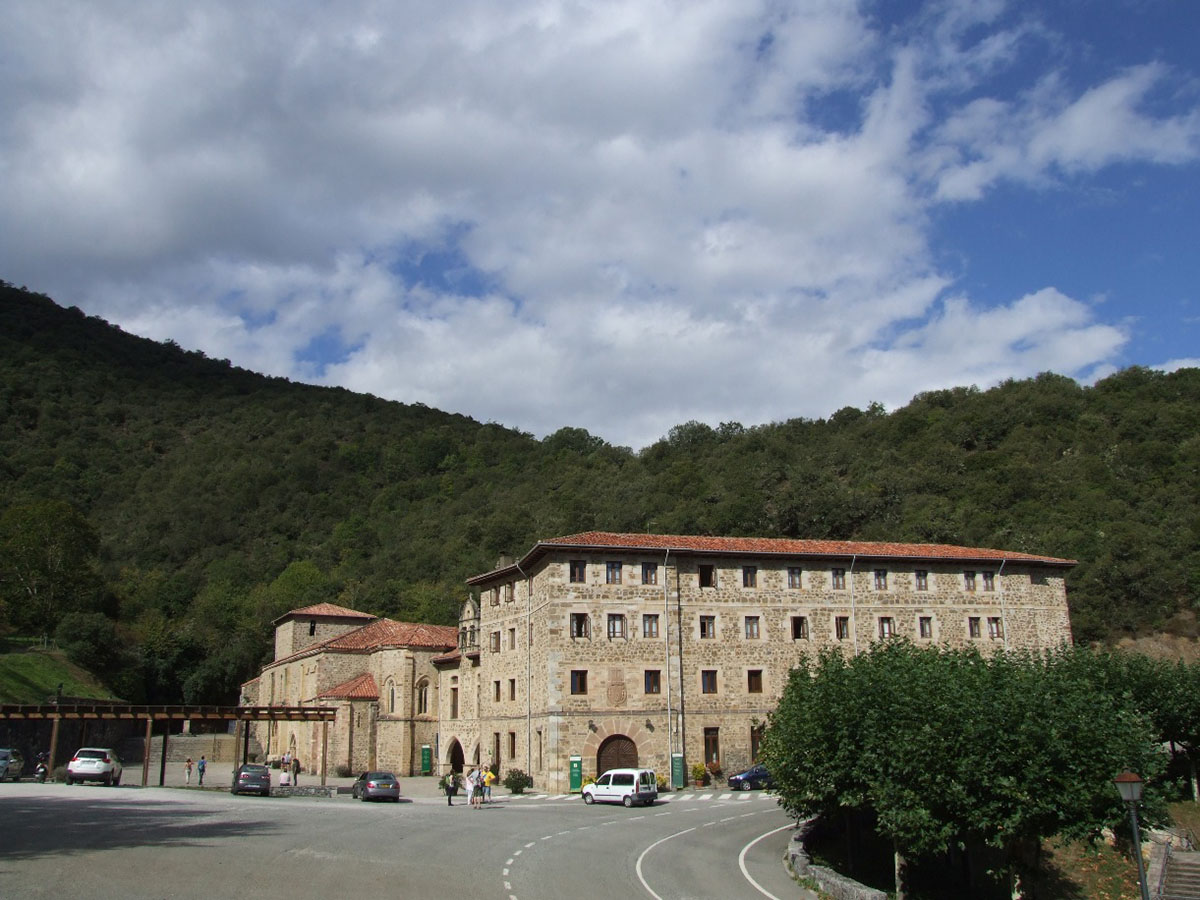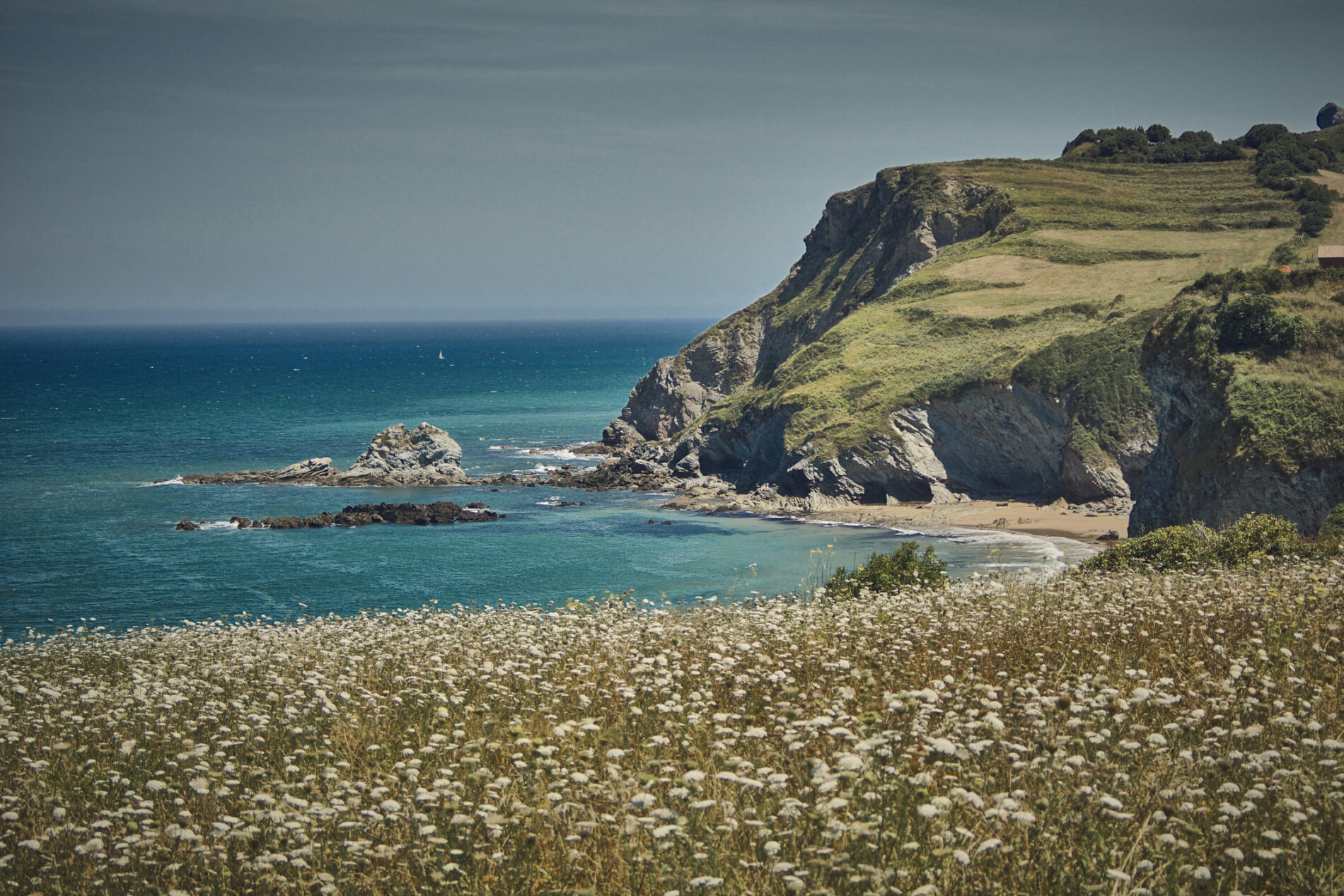Pilgrimage routes
Pilgrimage routes
Cantabria is the only region in the Christian world that boasts two World Heritage pilgrimage routes recognized by UNESCO: The Lebaniego Way and The Northern Way.
Since the Middle Ages, the influx of pilgrims to this place has been recorded. They came to rest near the remains of the Saint, to whom curative and miraculous properties were attributed. People also journeyed there to venerate the Lignum Crucis (True Cross), which is why pilgrims on the Camino Lebaniego were known as «crucenos» or «Pilgrims of the Cross» – those who came to adore the Cross.

The Lebaniego Way
The Lebaniego Way
El Camino Lebaniego discurre entre San Vicente de la Barquera y el monasterio de Santo Toribio, atravesando los municipios de San Vicente de la Barquera, Val de San Vicente, Herrerías, Lamasón, Peñarrubia, Cillórigo, Potes y Camaleño. Ofrece al peregrino un recorrido por parajes naturales de gran belleza jalonados de ejemplos capitales del patrimonio arquitectónico de Cantabria.
The Northern Way
The Northern Way
One of the main Jacobean routes, the Northern Way (also known as the Coastal Way or Way of the Cantabrian Coast), crossed Cantabria from east to west, passing through the historic four coastal towns (Castro Urdiales, Laredo, Santander and San Vicente de la Barquera), as well as many other towns of historical and monumental significance, such as Santoña, Santillana del Mar, and Comillas.




